Hello!
 The tools that we use to learn new things have been shaped by technology. Learning used to be about spending long hours in the library or listening to lectures.
The tools that we use to learn new things have been shaped by technology. Learning used to be about spending long hours in the library or listening to lectures.
Today’s video-savvy world sees educators and companies working together to deliver video content in a way that is more accessible and engaging than ever.
Audiences expect more from the video content, especially after the shift caused by the pandemic. This may seem difficult, but it is also an opportunity for educators to consider the future of education.
This article will explain why you should use video in your eLearning platforms. This article will explain not only why people prefer video, but also how it will benefit your teaching goals.
Also read: At What Bitcoin Level Will Whales Trigger Forced Liquidations?
More Content, Less Time
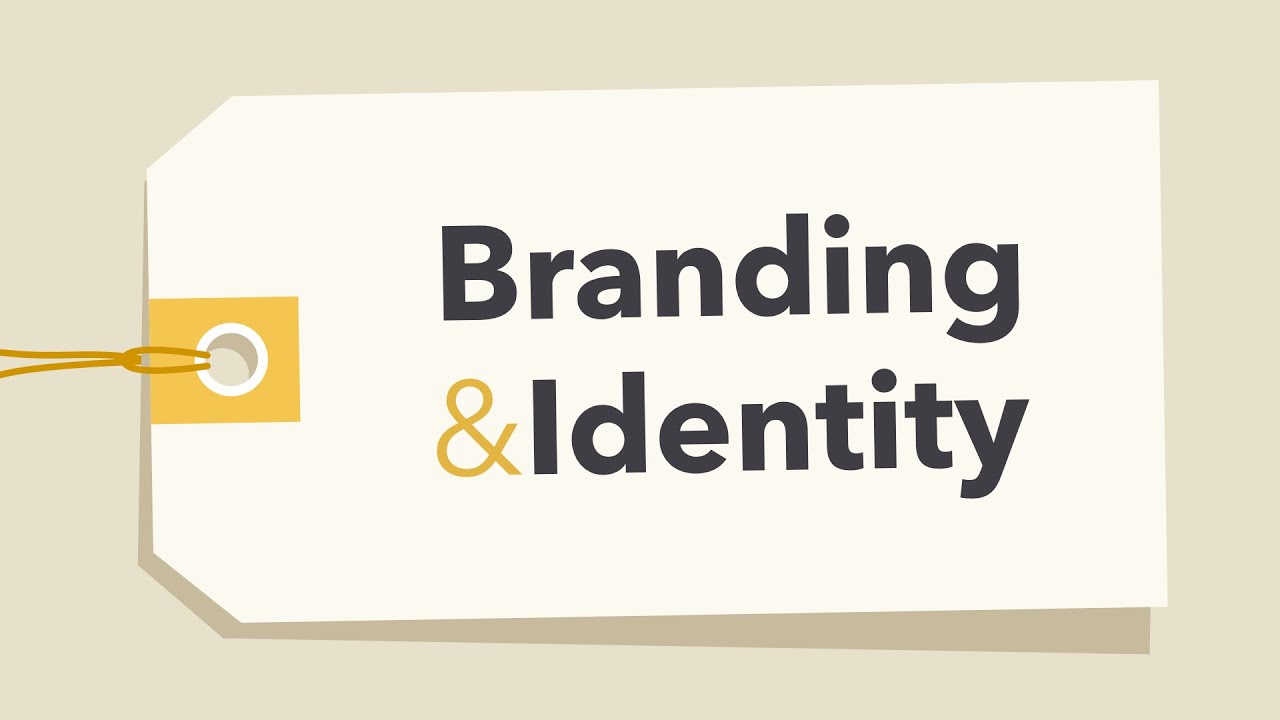 We have all grown accustomed to short attention spans. Instagram and Facebook are great examples of short-form content that is easy to digest.
We have all grown accustomed to short attention spans. Instagram and Facebook are great examples of short-form content that is easy to digest.
Online learners are the same: they want to learn the most information in the fastest time possible. Video content is the best tool to achieve both.
Video is able to condense information and communicate it more effectively. This allows for faster learning. It would take you longer to read the product manual than to watch a tutorial video that explains the same information. You don’t have time to waste and your time is valuable.
Videos that are short tend to focus on a single concept or one learning goal. The preferred length for videos is between 2-6 minutes.
Your audience won’t be able to focus on you if your presentation is longer than this.
If you have a lengthy program to create for an online course or a long marketing campaign, it is possible to break up your lengthy piece into smaller chapters. You could, for example, break down the video version into five parts that each convey a single idea.
Enhance User Experience through Storytelling
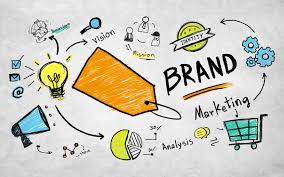 Storytelling is the key to effective communication. We humans have been drawn to stories that inspire us to think. This is a valuable lesson.
Storytelling is the key to effective communication. We humans have been drawn to stories that inspire us to think. This is a valuable lesson.
Storytelling can be used as a didactic tool in educational videos. It can help connect with audiences and guide them through difficult topics.
It’s why we learn ethical concepts as children through stories that end with a moral. Remember how stories like Cinderella’s and Pinocchio taught us to not lie? These stories are so amazing!
Learning can be made more interesting by creative storytelling. Educational videos often include audio narrations, sound effects and other immersive elements to enhance user experience.
Using Characters to Exemplify More Clearly
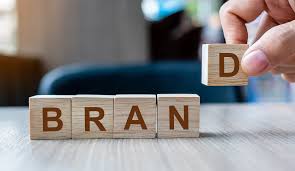 Every story and educational video needs characters. Empathy for the character of a piece helps viewers to understand and relate to their experiences and help them better understand the ideas and examples being presented.
Every story and educational video needs characters. Empathy for the character of a piece helps viewers to understand and relate to their experiences and help them better understand the ideas and examples being presented.
Consider the most famous films and series, such as Game of Thrones. Each character can be a symbol for a larger concept. This allows for deep thinking and helps audiences to see situations from different perspectives.
Characters are often approachable or memorable. They should feel real, and have details about their personality or look that your audience can relate to.
Educational videos that use characters are also very demonstration-friendly, making it easier to simulate teachings and processes. Follow the steps of a character to learn how they do it.
Complete their learning goal.
Appealing to the Viewer’s Feelings to Help Them Retain Information
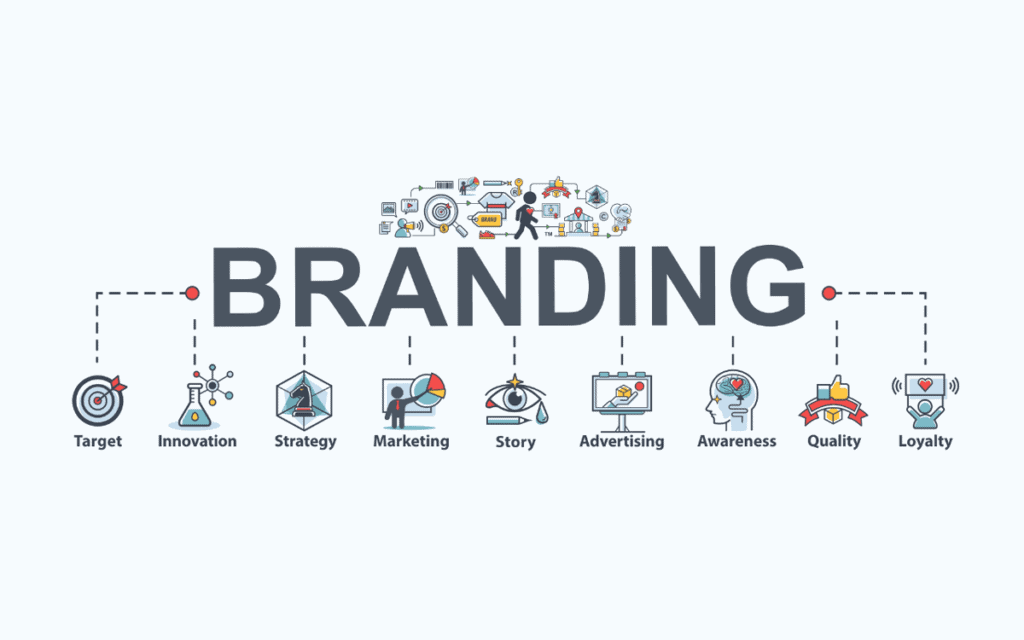 Emotions are bound to occur when you tell a story that has characters. Storytelling involves making the audience feel the emotions of the characters and making them feel invested in the story’s outcome.
Emotions are bound to occur when you tell a story that has characters. Storytelling involves making the audience feel the emotions of the characters and making them feel invested in the story’s outcome.
Memory is influenced by emotions. Emotions can make mundane events memorable. Our memories are a collection of past experiences, such as laughter, crying or surprises, and scares.
Even the smallest laugh is enough to make educational videos! Your teaching will last if you make your audience feel something.
A funny educational video can make learning more enjoyable and help improve information retention. Emotional stories that are heartfelt and real help audiences to focus on the story and not get distracted. This helps them retain their attention and keeps them focused.
Accommodating a Variety of Learning Styles
 Learning can come in many different shapes and colors. While some people enjoy reading, others prefer infographics that are data-driven or audio lessons. Video content has the advantage of allowing you to include all your ideas.
Learning can come in many different shapes and colors. While some people enjoy reading, others prefer infographics that are data-driven or audio lessons. Video content has the advantage of allowing you to include all your ideas.
Technology has made video both accessible and scalable, as I said at the beginning. Everyone can now watch videos on their mobile devices whenever they want.
You can integrate video into virtual classrooms, employee learning programs, and many other places. Many people prefer microlearning. This allows them to learn while they commute to work or before bed. This is why short educational videos are so great.
Videos are also easy to share with colleagues and friends via social media or e-mail. Your audience will share your information if it is interesting and informative.
Parting Thoughts
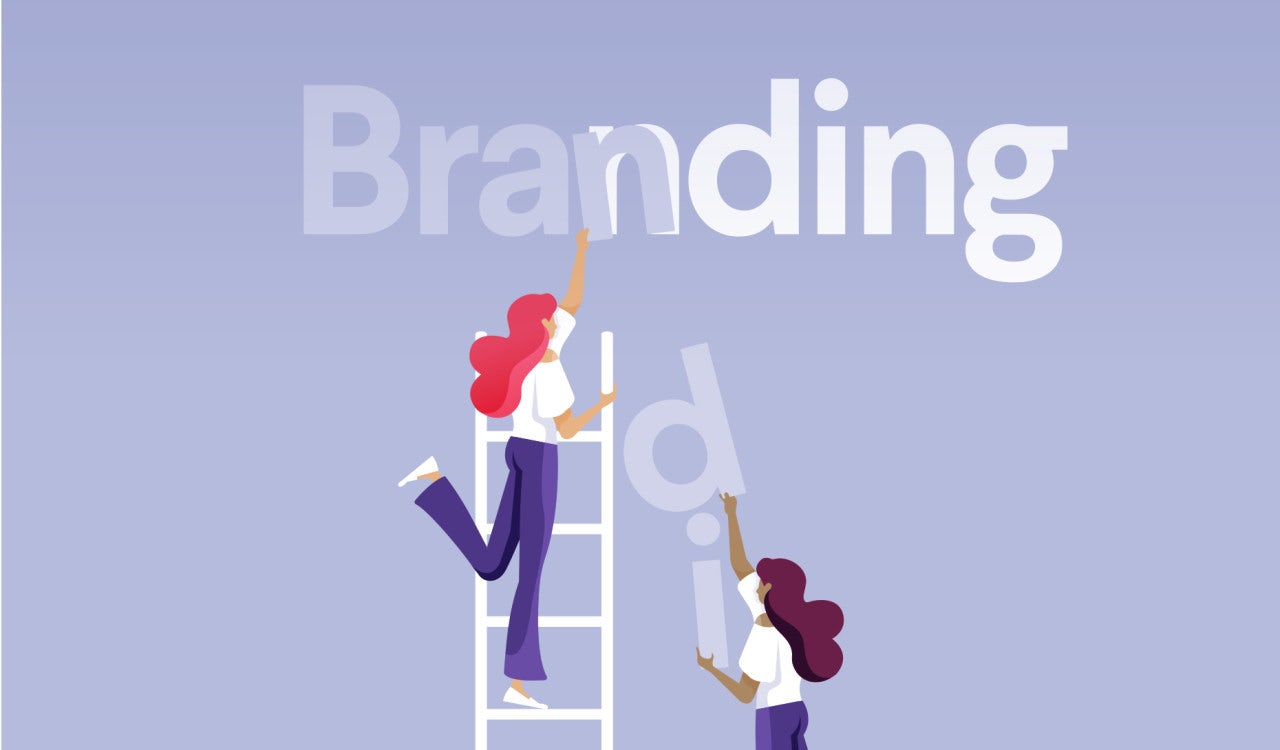 For most people, learning new things can be exciting and challenging. We have all been through boring lessons, and we know how a bad class can impact the way we view education.
For most people, learning new things can be exciting and challenging. We have all been through boring lessons, and we know how a bad class can impact the way we view education.
The video format is the best for e-learning content that will have a lasting and positive impact on your audience.
Thank you!
Subscribe to our newsletter! Join us on social networks!
See you!






